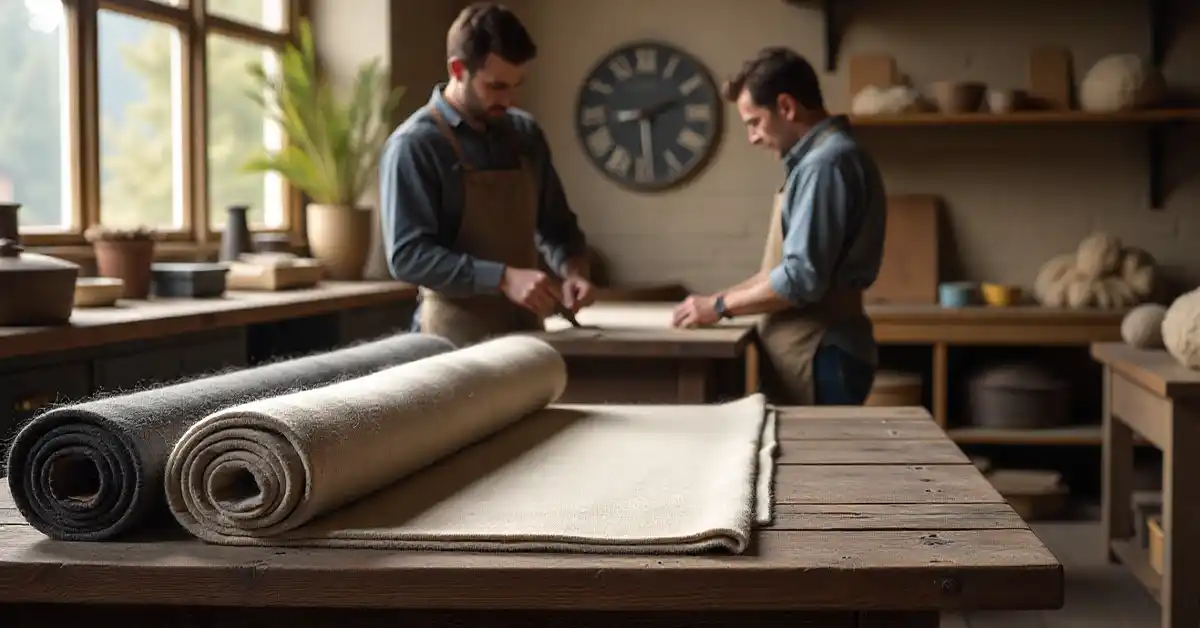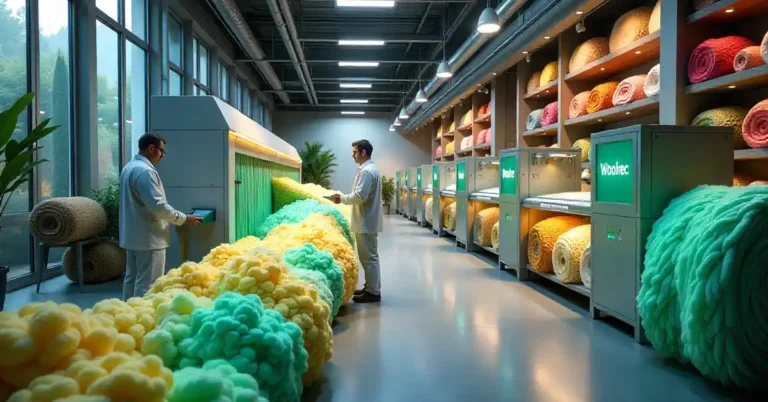Imagine wrapping yourself in a fabric that feels like a warm embrace from nature itself. Wollmatten, a textile with a rich heritage and distinctive qualities, offers just that. This fabric, though not widely known outside certain circles, has been cherished for centuries for its durability, comfort, and natural beauty. If you’ve ever wondered what makes Wollmatten stand out or how it can fit into your life, this guide will walk you through everything you need to know.
What Is Wollmatten?
Wollmatten is a traditional woolen fabric originating from the Alpine regions of Europe, particularly Switzerland and Austria. The name itself comes from the German words “Woll,” meaning wool, and “Matten,” which refers to meadows or mats—hinting at the fabric’s pastoral roots. It’s a thick, felted wool textile that was originally crafted by shepherds and rural communities to withstand harsh mountain climates.
Unlike many wool fabrics that are woven, Wollmatten is typically created through a felting process. This means the wool fibers are matted together using moisture, heat, and pressure, resulting in a dense, sturdy material. The felting process gives Wollmatten its characteristic texture—soft yet firm, with a slightly rough surface that speaks to its rustic origins. The natural oils in the wool also contribute to its durability and water-repellent qualities, making it an ideal choice for outdoor garments and accessories.
Historical Significance and Traditional Uses
For centuries, Wollmatten was a staple in Alpine households. Shepherds wore cloaks and blankets made from this fabric to protect themselves from cold winds and rain while tending their flocks. It was also used for making sturdy bags, mats, and even footwear. The fabric’s insulating properties and water resistance made it invaluable in these rugged environments. In addition to its practical applications, Wollmatten was often used in traditional Alpine festivals, where it adorned costumes and ceremonial garments, showcasing the vibrant heritage of the region.
Over time, Wollmatten became more than just a practical material. It evolved into a symbol of regional identity, with local artisans incorporating unique patterns and colors that reflected their cultural heritage. Today, these traditional designs are celebrated for their craftsmanship and authenticity. Many contemporary designers have begun to reinterpret Wollmatten, blending traditional techniques with modern aesthetics, resulting in a resurgence of interest in this age-old fabric. This revival not only honors the historical significance of Wollmatten but also introduces its unique qualities to a new generation of textile enthusiasts who appreciate both its functionality and its rich cultural narrative.
How Is Wollmatten Made?
The making of Wollmatten is a fascinating blend of natural materials and time-honored techniques. Understanding this process helps appreciate the fabric’s unique qualities and why it remains relevant even in modern times.
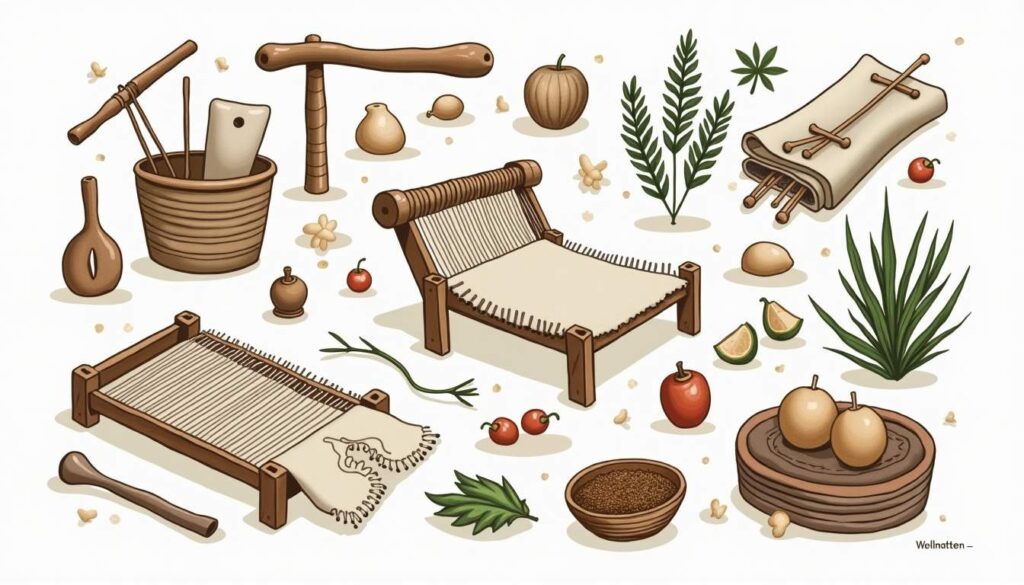
Selection of Wool
The journey begins with selecting the right wool. Typically, sheep breeds native to Alpine regions provide the raw material. Their wool is prized for its coarseness and durability, which are essential for producing a felted fabric that can endure heavy use.
Once sheared, the wool is cleaned and sorted. Impurities like dirt, grease, and vegetable matter are removed to ensure the fibers can bond effectively during felting.
The Felting Process
Felting is where the magic happens. The cleaned wool is laid out in layers, sometimes mixed with different colors or fiber types for visual effect. Then, water-often warm or hot-is applied, and the wool is agitated and compressed. This causes the microscopic scales on the wool fibers to open up and lock together, forming a dense mat.
The process can be done by hand or using specialized machines. In traditional settings, artisans would roll or beat the wool repeatedly to achieve the desired thickness and texture. This labor-intensive step is crucial for creating a fabric that is both strong and flexible.
Finishing Touches
After felting, the fabric is rinsed and dried. Some Wollmatten pieces are further treated with natural oils or waxes to enhance water resistance. Others might be dyed using natural pigments, maintaining the fabric’s eco-friendly profile.
The final product is a thick, warm textile that can be cut and sewn into various items, from clothing to home décor.
Characteristics That Set Wollmatten Apart
Wollmatten isn’t just another wool fabric. Its unique production method and regional heritage give it distinct features that make it special.
Durability and Weather Resistance
One of Wollmatten’s standout qualities is its durability. The dense felting process creates a fabric that can withstand abrasion and heavy wear. It’s no surprise that it was favored by shepherds and outdoor workers who needed reliable protection against the elements.
Additionally, Wollmatten has natural water-resistant properties. While it’s not completely waterproof, the tightly matted fibers repel light rain and snow, keeping the wearer warm and dry. This makes it an excellent choice for outerwear and blankets in cool, damp climates.
Thermal Insulation and Breathability
Wool is known for its ability to regulate temperature, and Wollmatten is no exception. The fabric traps air within its dense fibers, providing excellent insulation against cold. At the same time, it remains breathable, allowing moisture to escape and preventing overheating.
This balance makes Wollmatten comfortable to wear in fluctuating temperatures, whether hiking in the mountains or strolling through a chilly city street.
Texture and Aesthetic Appeal
Wollmatten’s texture is a tactile delight. It has a firm yet soft hand feel, with a slightly coarse surface that hints at its natural origins. The fabric’s appearance ranges from smooth and uniform to more rustic and textured, depending on the felting technique and wool quality.
Many Wollmatten textiles feature traditional patterns woven or felted into the fabric, often using natural dyes. These designs add character and a sense of history, making each piece unique.
Modern Uses of Wollmatten
While Wollmatten has deep roots in traditional Alpine culture, it has found new life in contemporary fashion, interior design, and craftwork.
Fashion and Apparel
Designers have embraced Wollmatten for its natural beauty and functional properties. It’s used to create coats, jackets, hats, and scarves that combine rustic charm with modern style. The fabric’s warmth and durability make it ideal for outerwear that performs well in cold climates.
In addition, Wollmatten is popular among artisans who produce handmade accessories like bags and slippers. These items highlight the fabric’s texture and heritage, appealing to consumers seeking sustainable and authentic products.
Home Décor and Furnishings
Wollmatten’s thick, insulating nature makes it perfect for home textiles. It’s often used for rugs, cushion covers, and wall hangings that bring warmth and a natural aesthetic to living spaces. The fabric’s durability ensures these items last for years, even with regular use.
Many people appreciate Wollmatten’s eco-friendly qualities, as it is biodegradable and produced with minimal chemical processing. This aligns well with growing trends toward sustainable home décor.
Crafts and DIY Projects
For crafters, Wollmatten is a versatile material. It can be cut, sewn, and shaped without fraying, making it suitable for a wide range of projects. From handmade toys to decorative art pieces, Wollmatten offers a tactile, natural medium that inspires creativity.
Its ability to hold shape and texture well also makes it a favorite for experimental textile art.
Caring for Wollmatten
Proper care is essential to maintain Wollmatten’s appearance and longevity. Because it’s a natural wool fabric, it requires gentle handling.
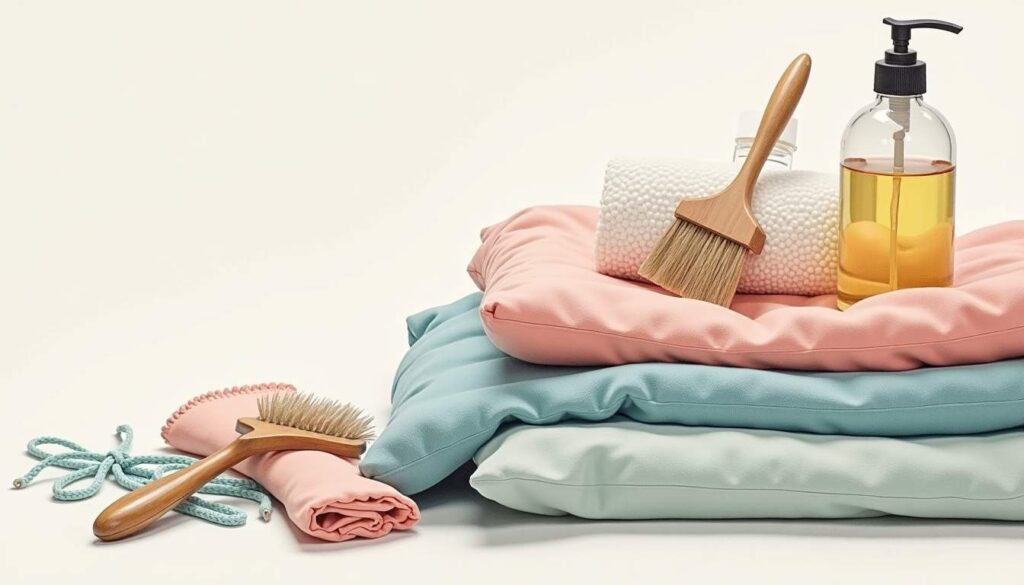
Cleaning Tips
Spot cleaning is often sufficient for minor stains. Use a damp cloth and mild soap, avoiding harsh chemicals or bleach. If a deeper clean is necessary, hand wash the fabric in cool water with a wool-specific detergent. Avoid wringing or twisting, as this can distort the felted fibers.
Dry the fabric flat, away from direct sunlight or heat sources, to prevent shrinkage and damage.
Storage Recommendations
Store Wollmatten items in a cool, dry place. Moths and other insects can be attracted to wool, so consider using natural repellents like cedar blocks or lavender sachets. Avoid compressing the fabric too tightly, as this can flatten the texture.
Repair and Maintenance
Small holes or worn areas can often be repaired by felting new wool fibers into the damaged spot. This traditional technique helps extend the life of Wollmatten items and preserves their character.
Where to Find Wollmatten
Wollmatten isn’t commonly found in mainstream fabric stores, but it can be sourced through specialty shops and online retailers focusing on natural or traditional textiles.
Specialty Textile Shops
Look for stores that specialize in wool fabrics or Alpine crafts. These often carry authentic Wollmatten or similar felted wool materials. Visiting such shops can also provide an opportunity to learn more about the fabric from knowledgeable staff.
Online Marketplaces
Several online platforms offer Wollmatten in various forms-fabric by the yard, finished garments, or handcrafted goods. When purchasing online, check product descriptions carefully to ensure authenticity and quality.
Artisan Markets and Festivals
Alpine regions frequently host craft fairs and festivals where local artisans sell Wollmatten products. These venues are excellent for finding unique, handmade items and supporting traditional craftsmanship.
Why Choose Wollmatten?
Choosing Wollmatten means embracing a fabric with a story, one that connects you to nature and centuries of tradition. Its combination of durability, warmth, and natural beauty makes it a practical and stylish choice.
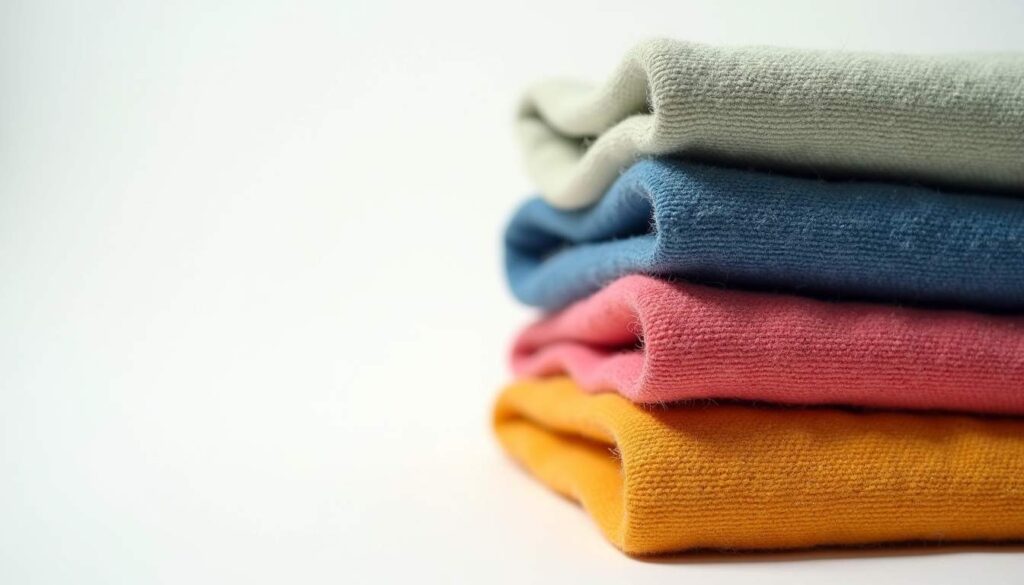
Whether you’re looking for a cozy winter coat, a rustic home accent, or a creative crafting material, Wollmatten offers something special. It’s a fabric that invites you to slow down, appreciate craftsmanship, and enjoy the simple pleasures of natural textiles.
Exploring Wollmatten reveals not just a fabric, but a way of life-rooted in respect for the environment and the enduring value of handmade quality.

